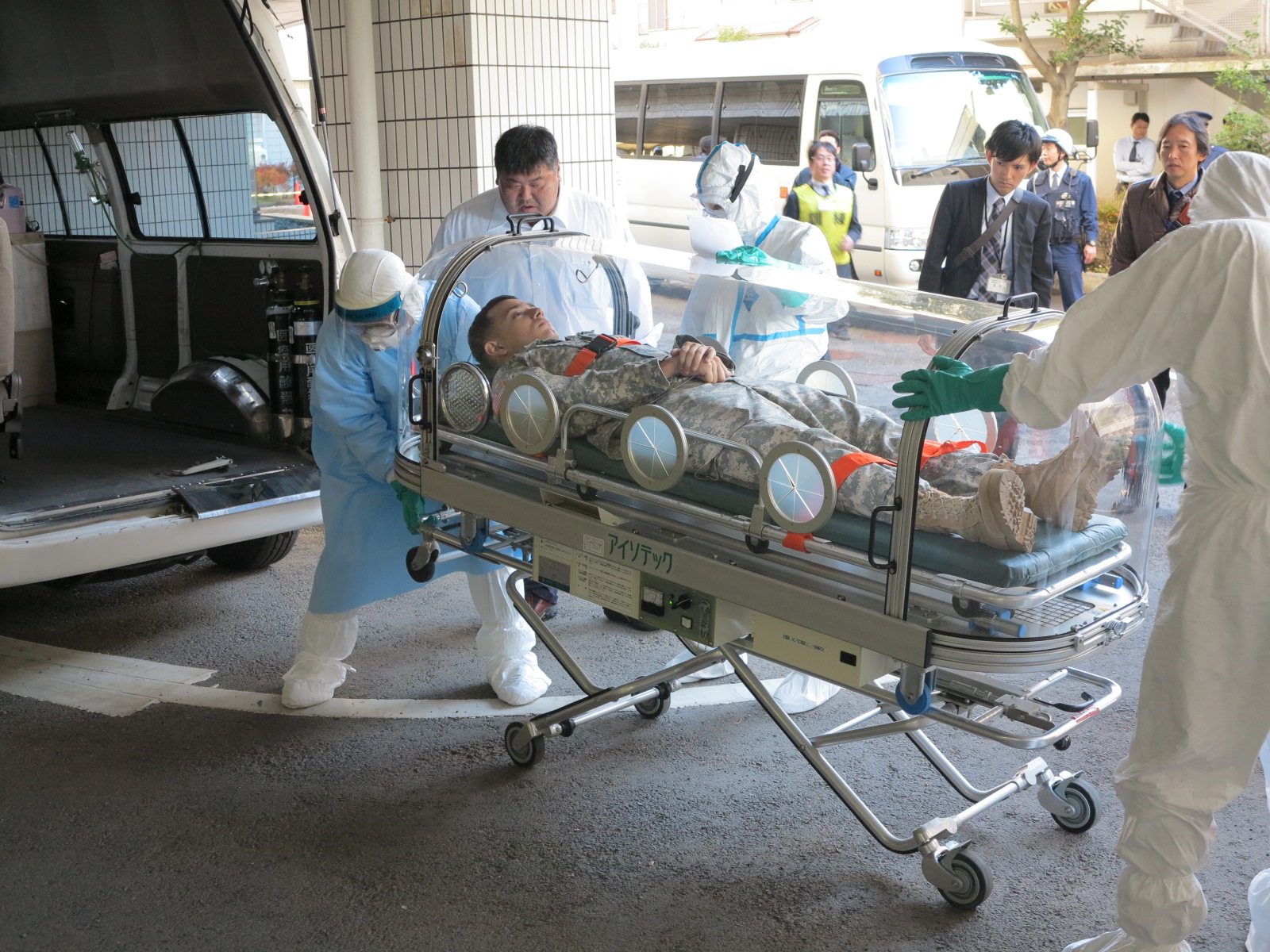
On Oct 20, the US Centers for Disease Control and Prevention (CDC) released updated guidelines for the protection of healthcare workers caring for patients with Ebola virus disease (EVD).1 The CDC guidance states, "In healthcare settings, Ebola is spread through direct contact (e.g., through broken skin or through mucous membranes of the eyes, nose, or mouth) with blood or body fluids of a person who is sick with Ebola or with objects (e.g., needles, syringes) that have been contaminated with the virus."
In a previous commentary, we discussed why direct contact may not be the only mode of EVD transmission, particularly in healthcare settings. An Institute of Medicine report released last week underscores the importance of conducting studies to better understand all modes of EVD transmission, including by aerosols.2 We describe here a new paradigm of disease transmission that includes direct contact, indirect contact, and aerosol transmission. We also discuss evidence that supports Ebola transmission by all of these modes in patient care settings—and highlight why the CDC guidance might oversimplify transmission and underestimate risks.
Read more...







